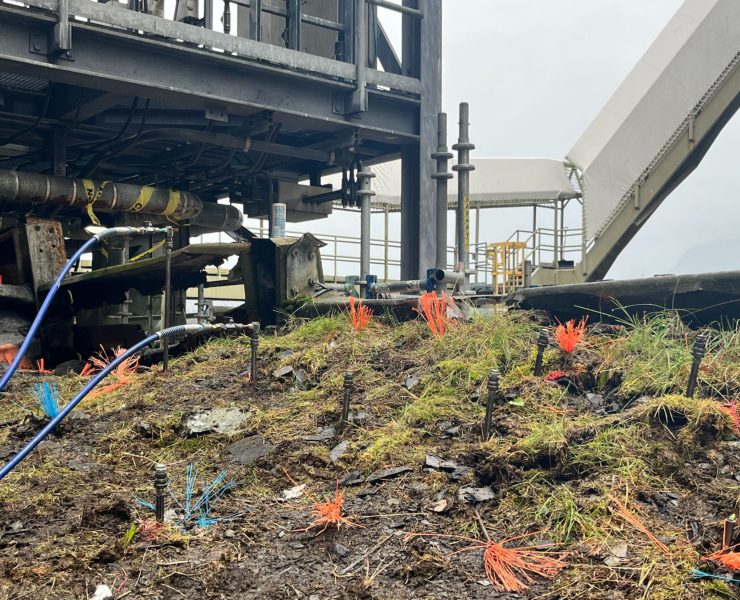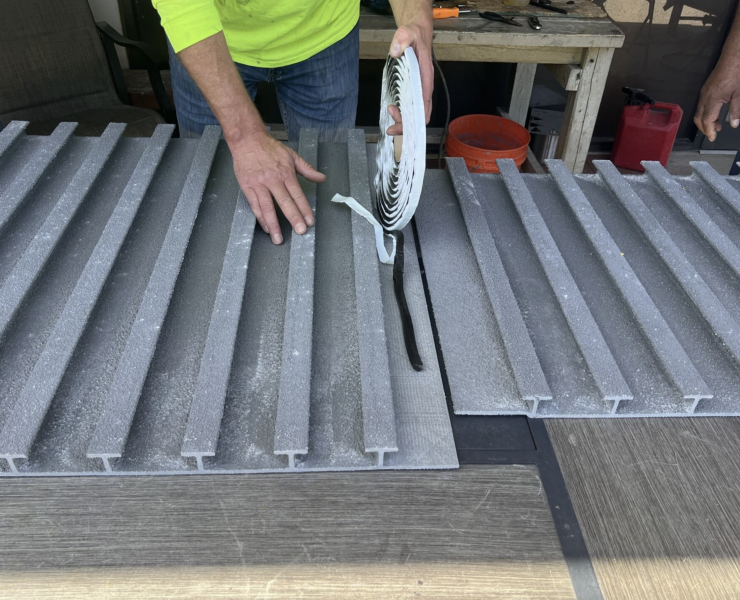Orio Railway Grade Separation and City Renewal Project
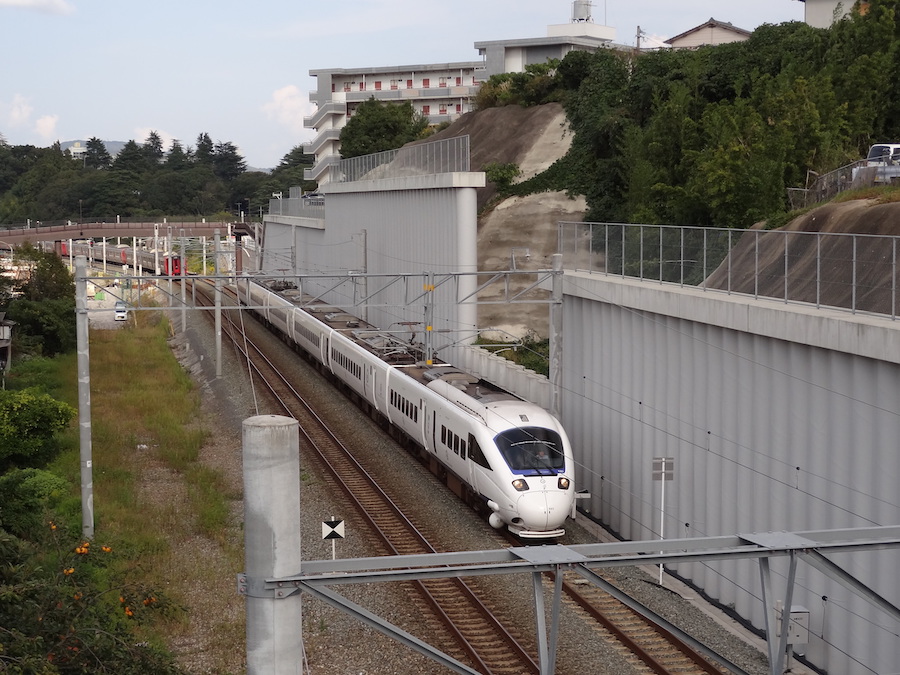

by GIKEN LTD.
Kitakyushu, Japan
The City of Kitakyushu which is located in western Japan, used to be the largest coal mining city in Japan. Coal was the major energy resource between the late 19th and mid-20th centuries in Japan, until it was replaced by oil. There were two exclusive railways for passengers and coal, built in 1881 in the Orio area, which were run by two different rail operators. The railways intersected in the Orio area and Orio Station was shared by these two railway companies, making it a very busy and inconvenient station. In addition, a short circuit line and a sub-station were built in close proximity, to increase transportation capacity. As a result, the community was interlaced with three railways and two train stations. This also caused heavy traffic congestion, around the nine level crossings in the area.
In order to eliminate this inconvenience, a railway renovation project was planned and construction began in 2012. The project comprises:
- Replacement of 4.5km of existing at-grade railways, with elevated and depressed railways (Grade Separation)
- Relocation of existing railways
- Integration of existing train stations into one new station
- Road upgrading
- Area redevelopment
- Residential development
- The overall project budget is approximately US$310M, and it is expected to be completed by 2023.
The project is being carried out in urban areas, and the railway operations are not to be suspended. As a result, there are numerus constraints on the construction works. For example, the west bound track of the Kagoshima Main Line from Orio Station, was planned to be slightly offset to the south west. This was in order to create room for the new elevated railway. However, a section of the existing railway was located in a narrow corridor girdled by national road 199 and a dense residential area built on a hill.
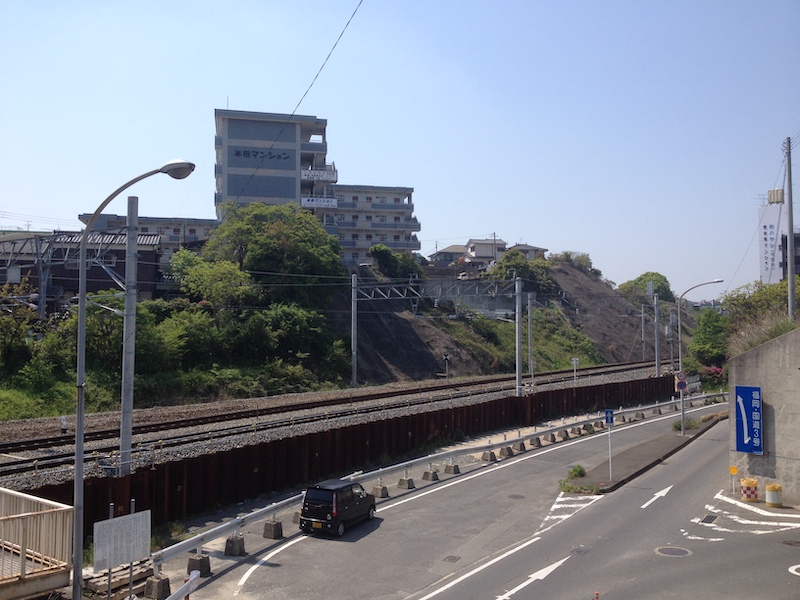
Firstly, temporary railways needed to be constructed on the residential hill side, along the existing railway in order to construct elevated railways above the existing tracks. It was essential to install retaining walls vertically, on the steep residential hill, in order to excavate it.
As there was limited space available for the retaining wall, a cantilevered embedded retaining wall was chosen over gravity retaining walls. Adding to that, due to the daily train operation, there was only an extremely narrow working space available for the retaining wall installation. After scrupulous assessment, a continuous steel pipe pile wall and the GRB System (the hydraulic Press-in Piling Method, with self-traveling “Clamp Crane” and pile conveyer “Pile Runner”) were selected from among many embedded retaining wall installation methods.
In order to provide a cantilevered retaining wall with a retained height of up to 48.6ft (14.8m), steel pipe piles with a diameter of 39.4” (1,000mm) were installed at 46.5” (1,180mm) c/c. 83 piles were installed to form a total of 314Lft (97.7Lm) retaining wall. The piling work with the Press-in Method started where the commencing surface was even. The pile installation then continued on, to above the embankment.
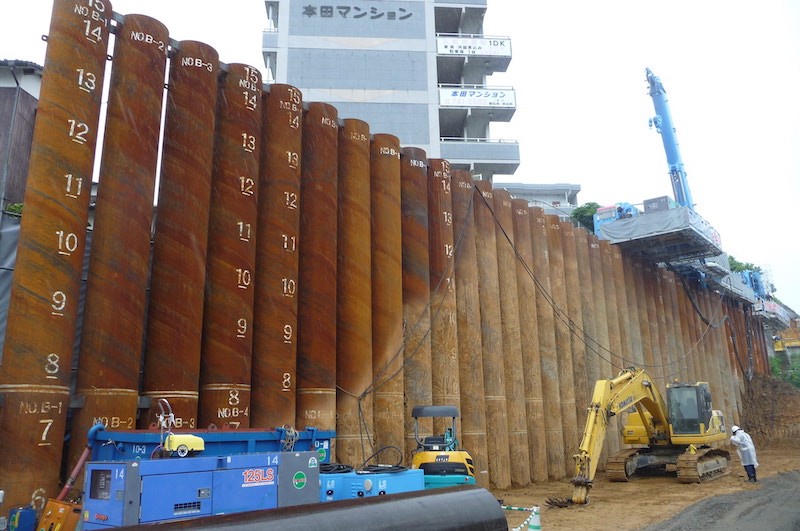
With the Press-in Method, all the steps including transportation, pitching and pressing-in the piles, are completed on the piles. Each mechanical device stands on its own while gripping previously installed piles. Therefore, there is no risk of toppling over, and construction can be performed as long as there is enough space for the machine width. Hence, this “footprint-free installation method” can be carried out within an extremely constricted working space. This enabled the piling works to be carried out during the day, while normal train operations continued.
On this project, it was also necessary to install the pipe piles into sandstone with the unconfined compressive strength of up to 70MPa. In order to achieve this, the rotary jack-in method, called Gyropress Method, was utilized.
Steel pipe piles, firmly embedded into the sandstone, formed a secure cantilevered retaining wall, thus, creating space for the new railway. At the same time, the “footprint-free” Press-in Method allowed simultaneous bulk excavation works, which achieved a significant reduction in construction time.
After the excavation, adjacent pipe piles were joined together by welding steel plates between the said piles. Finally, a surface coating (carbon fiber reinforced coating) was applied to the retaining wall.
In conclusion, the railway improvement project was completed with minimum construction costs and time, by utilizing the Press-in Method.














